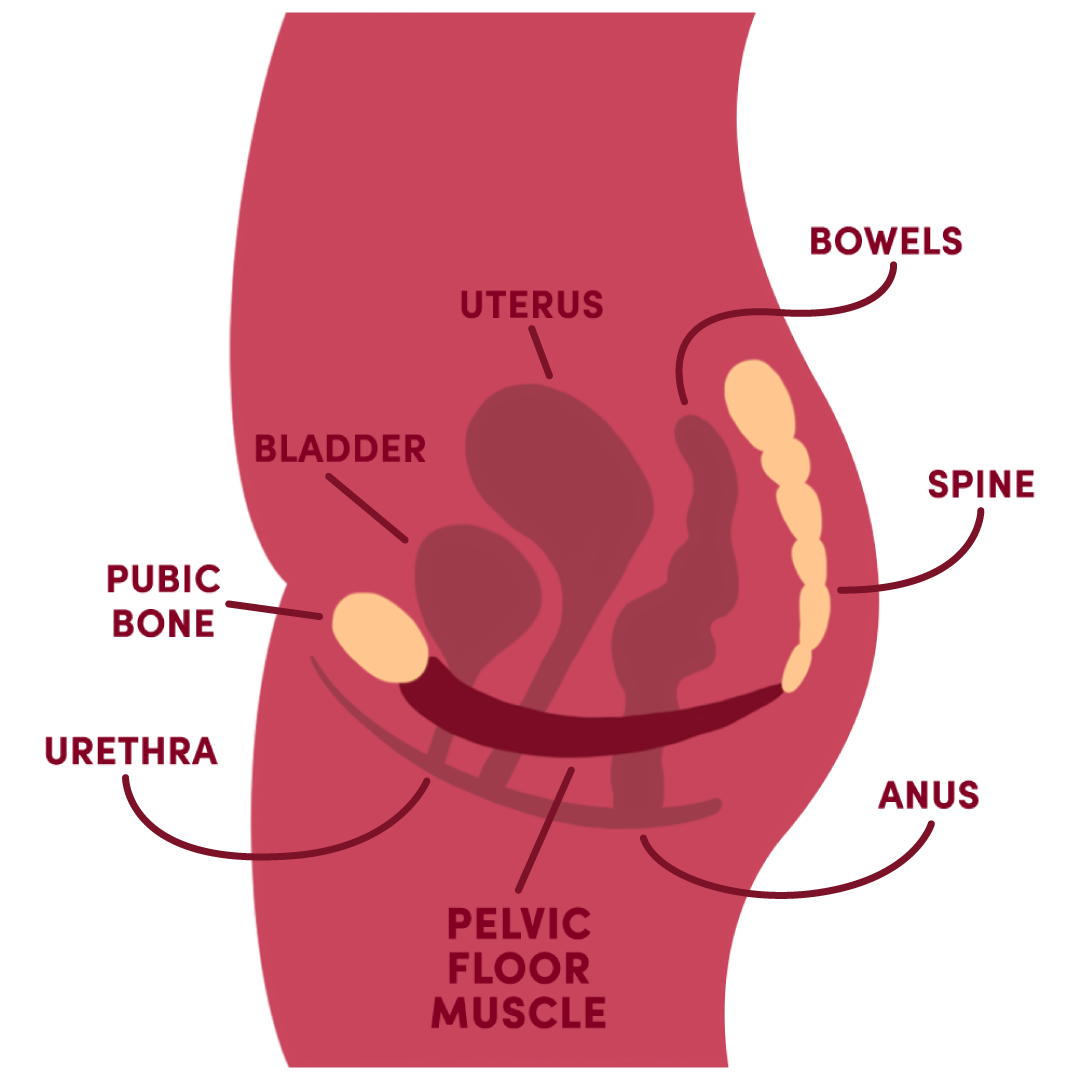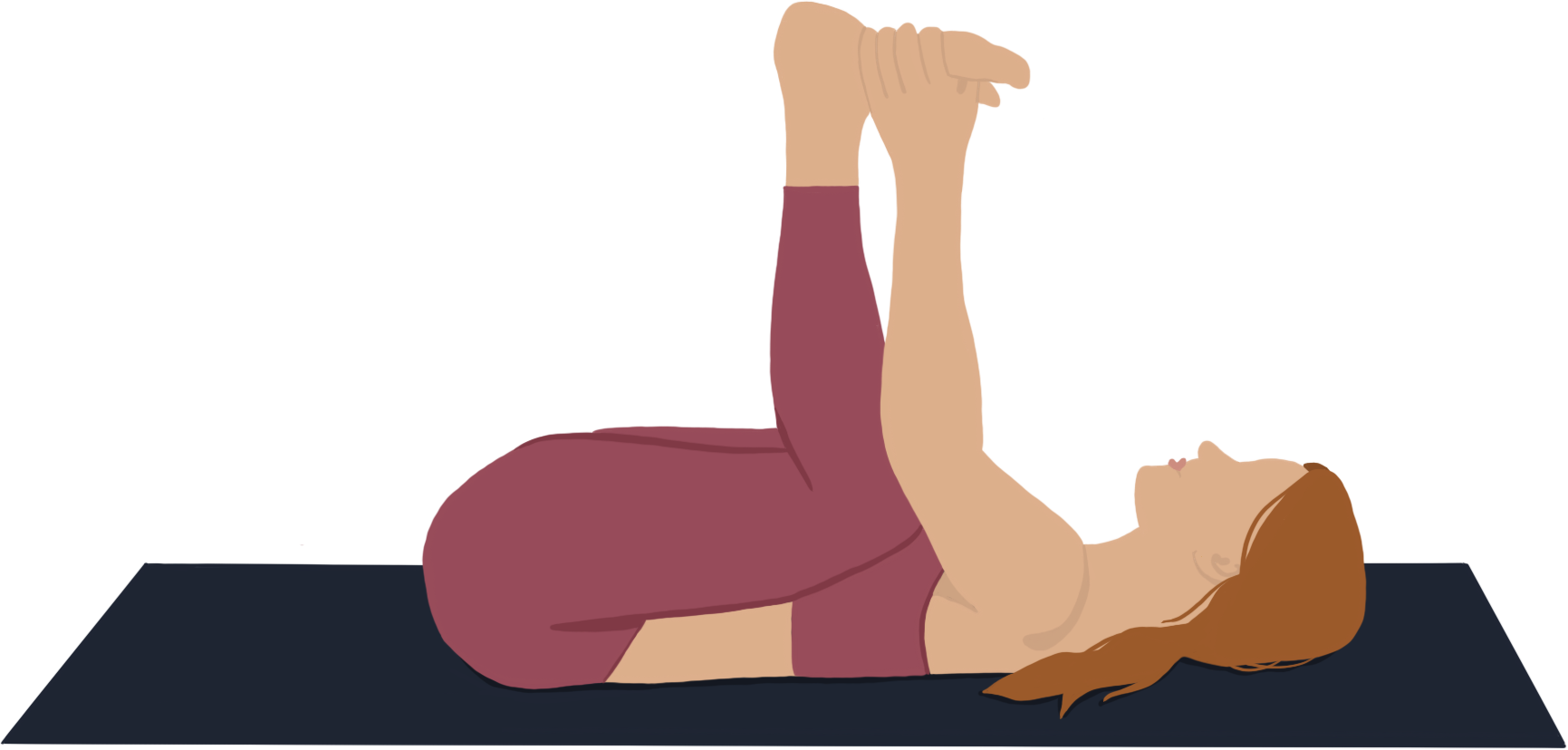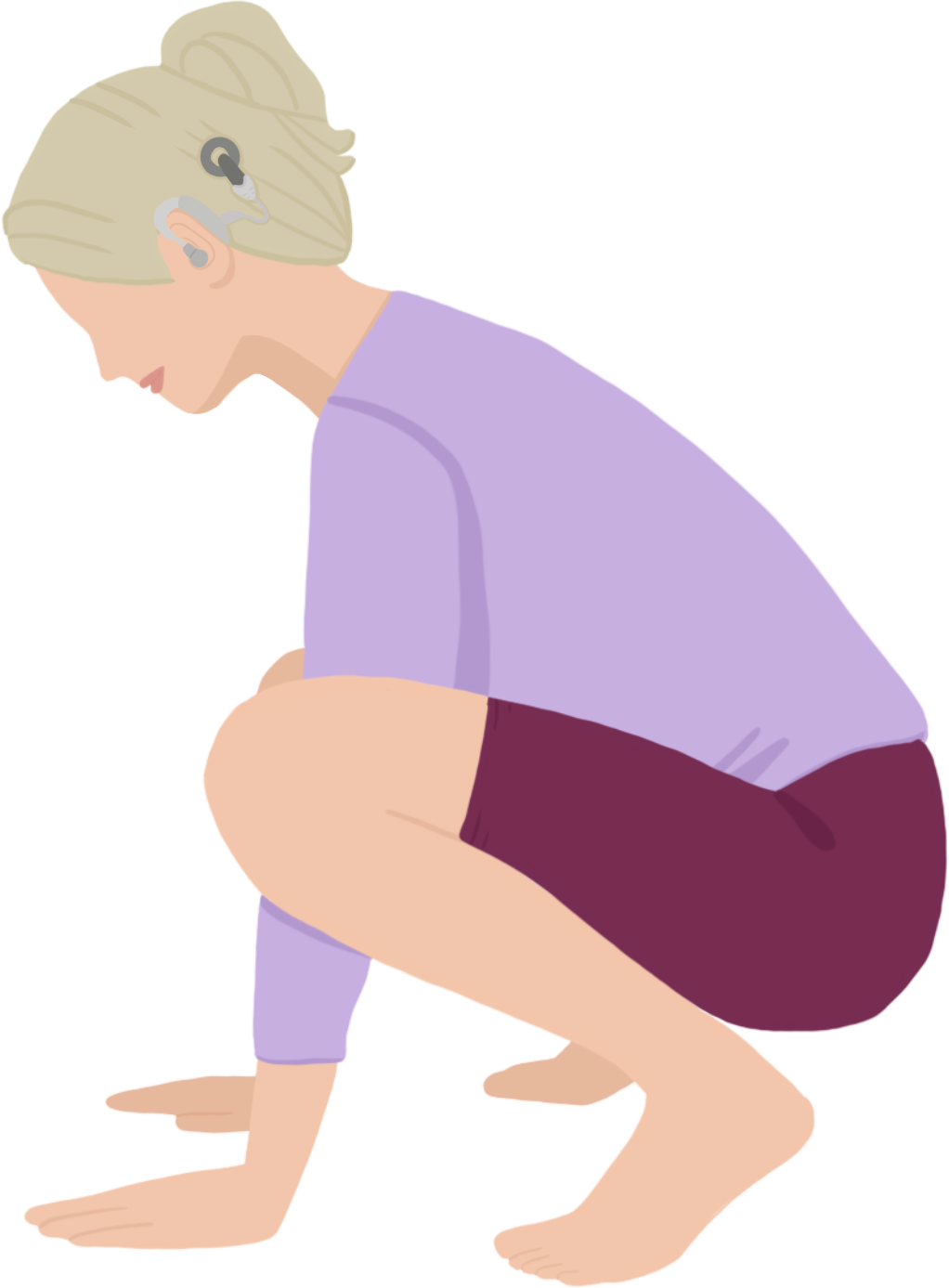Let’s talk about sex baby, let’s talk about you and me … and fear, anxiety, and sexual trauma.
Sorry, Marvin Gaye but this is way more important.
The psychological effects of vaginismus are often treated as secondary to physical pain. However, it’s important to remember that the brain is a key sexual organ, so fear and anxiety can both have a hand in causing pain during sex.
Feelings of fear, stress, or anxiety can make arousal difficult (sexual arousal coming up soon).
This means the vagina might not fully lengthen and there might not be enough lubrication being produced to have comfortable and enjoyable sex. A lack of lubrication causes friction, which can cause pain.
Welcome to the concept of the pain/fear loop.
When sex hurts, the brain remembers and can start to associate sex with pain – making it a scary experience.
Luckily, sex therapy and cultivating a mindfulness practice can be useful for disrupting the cycle of fear and pain. It can also help manage stress and anxieties that might be negatively impacting your sex life.
Sexual trauma often creates feelings of anxiety, anticipation, or fear about sex, this can make being present and becoming aroused really hard.
If you have experienced sexual trauma of any kind, you are not alone. None of this is your fault and we recommend you reach out to your local crisis centre for confidential help and support.
Here are a few good places to start:
- 1800respect.org.au
- rainn.org
- rcne.com
A sex therapist is often best placed to deal with the effects of sexual trauma and will be a great step towards healing and recovery.
In addition, Cognitive Behavioural Therapy (CBT) involves learning how to manage stress and anxiety through relaxation techniques (breathing exercises too!), positive self-talk, and gradually approaching feared situations.
GINAs have improved through understanding how distorted perceptions and thoughts contribute to painful feelings and experiences.
CBT therapy is also a great companion to some of the physical therapy discussed in the ‘Let’s Talk Treatment’ section.









 The goal with pelvic floor exercises is to combine simple stretches with mindful breathing techniques to loosen the muscles in and around the pelvis and relax the pelvic floor.
The goal with pelvic floor exercises is to combine simple stretches with mindful breathing techniques to loosen the muscles in and around the pelvis and relax the pelvic floor.



